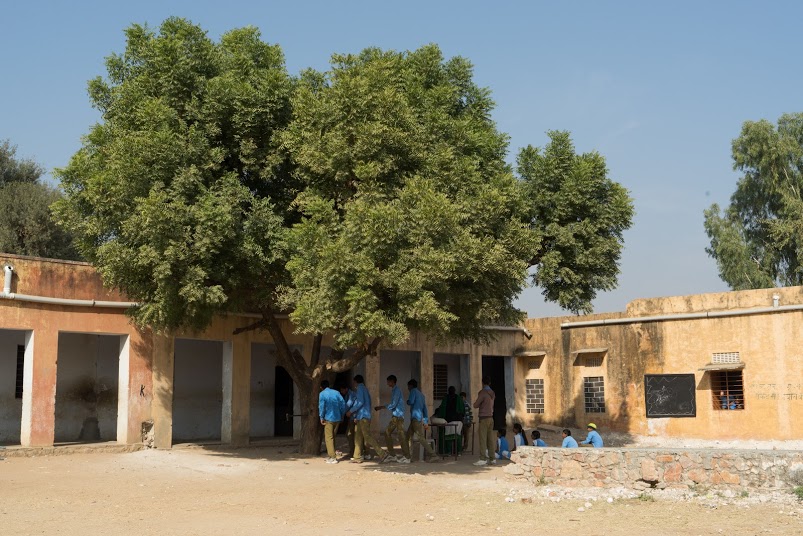
How Conservation Payments Ought to be Used
9 November 2015
As detailed in last week’s blog, the report on ‘High Conservation Value Forests: An Instrument for Effective Forest Fiscal Federalism in India’ suggested the devising of a horizontal formula that comprises of a ‘High Conservation Value Forests Index’, a ‘Conservation Cost Index’ and a calculation of Opportunity Cost, namely, the revenue foregone by states by not diverting forests for what they consider an economically more remunerative land use. The Fourteenth Finance Commission considered this recommendation and introduced a 7.5 percent weightage for forest cover in its formula for horizontal distribution of the state share of central revenues. However, the question really is whether the devolution of funds on account of forest cover, would go towards protecting it. In this regard, the report contains important recommendations, going beyond the allocating of financial resources alone.
The study saw the creating of an index based on forest cover as the starting point for a more nuanced approach towards forest protection. It recommended that due weightage ought to be provide support to agro-forestry and protect vulnerable ecosystems such as mangroves. It pointed out that although the parameter of corridors has not been included in the High Conservation Value Forest Index, it should be ensured that wildlife corridors ought not to be disrupted due to construction of roads and railway lines and in case, building such constructions is inevitable, then free mobility of animals is enabled through providing under-passes and over-bridges.
The report suggested that by linking grants to the States budgetary allocation for forestry, the latter would be incentivized to conserve and maintain the health of forests. However, the study also cautioned that the allocation of funds to States should not create perverse incentives to them, to seek such allocations as a regular means of budget support. It observed that States should look upon these funds only as an investment opportunity to enhance and maintain the health of forests. Providing restoration allocations should be a one-time act and regular commissioning of such funds should be discouraged, by monitoring the extent of newly added forest areas by treatment of degraded forests.
Finally, the report suggested that further work should be commenced on developing a Sustainable Livelihood Support Index which reflect the number of people deriving livelihoods from forests without taking away from the values of the forests, by ensuring sustainable practices. It suggested that the Index should be based on the number or percentage of people to drive the attention of the policy makers that conservation of these resources has positive implication on numerous people.
The Finance Commission did not put these recommendations into its main report, being as it is, an institution that looks at the sharing of financial resources between the centre, states and local governments. Nevertheless, the importance of these recommendations cannot be overlooked. These are important pointers to those working on wildlife and forest conservation to ensure that the funds given to State on the basis of their forest cover, are used to preserve, protect, enlarge the area and improve its quality.
NGOs working on environment related issues will need to keep a vigilant eye on how governments are using these funds. The best scenario would be that these funds are used to enlarge and fund working plans for forest development. The worst would be that these funds are used for badly conceived and implemented ‘development’ projects, that destroy forest cover. That would be a travesty of this nuanced approach to funding forest conservation and development.





